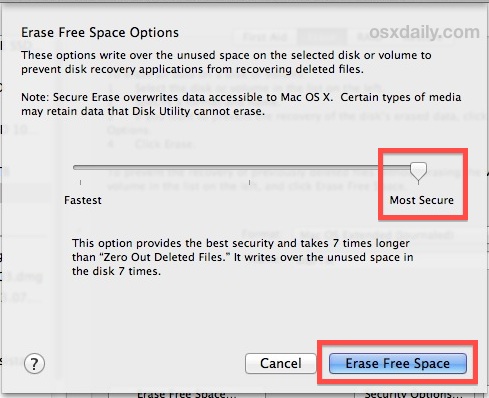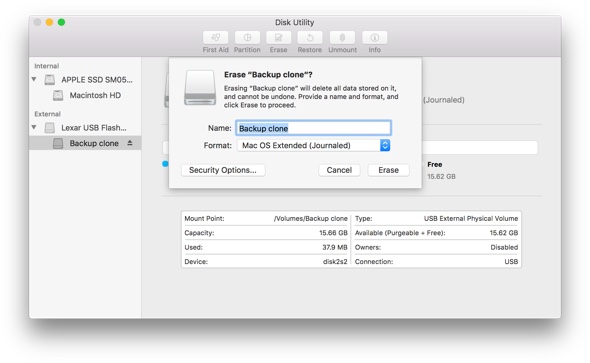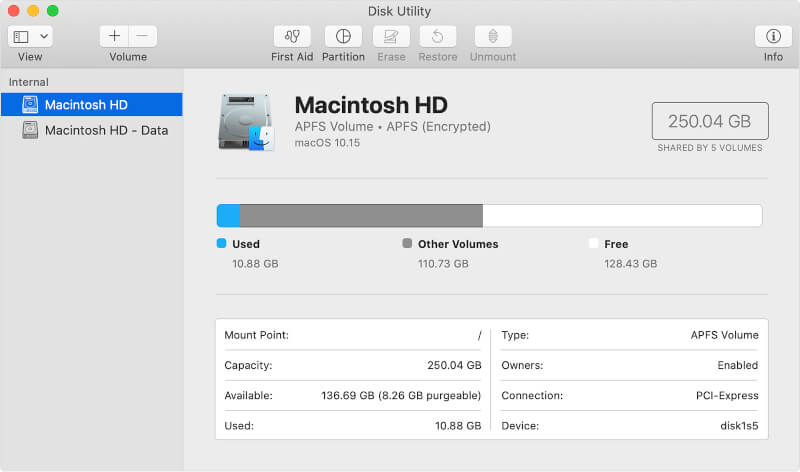

- #FREE DISK UTILITY FOR MAC INSTALL#
- #FREE DISK UTILITY FOR MAC PC#
- #FREE DISK UTILITY FOR MAC LICENSE#
- #FREE DISK UTILITY FOR MAC WINDOWS#
Select the type of APFS format you want.Select your APFS drive (Should be called Macintosh HD) from the sidebar.Scroll down and open the Utilities folder.ĭouble-click on Disk Utilities to open it.This allows you to switch between OSes using the Startup Disk option.
#FREE DISK UTILITY FOR MAC INSTALL#
You can test Big Sur on your Mac without having to change anything on your daily driver by creating a volume that acts as a separate drive so you can install a completely different operating system. If your Mac uses APFS, Apple recommends creating a volume instead of a partition. You can manually select size limiters for a volume if you're worried about one drive overtaking another's space. You don't have to worry about running out of temporary space while installing macOS, for example, because it will grab the necessary space from your main drive and then put it back when it's done. This allows the volume the flexibility to grow or shrink in storage size as needed. What is an APFS volume?Īn APFS volume creates a similar container to be used the same way as a partition, but it mounts it within your main hard drive. If your Mac uses APFS, Apple recommends creating a volume instead. If you are running a Mac using HFS+ file system (prior to macOS Catalina) you must partition your hard drive. So, if you are running low on storage capacity on your hard drive, we don't recommend partitioning. Each partition will take up a portion of your usable storage. It is important to note that partitioning your hard drive also splits up your available hard drive space.
#FREE DISK UTILITY FOR MAC WINDOWS#
Note: If you want to run Windows on your Mac, Apple's Boot Camp assistant will automatically make a partition for you. It makes it possible to run two separate operating systems on one device, like Windows and macOS, or two versions of macOS (like Catalina and Big Sur). Partitioning your Mac is basically splitting your hard drive into separate, usable systems.
#FREE DISK UTILITY FOR MAC LICENSE#
how do i fix this? Still it does not explain why you can't use the rest of the allocated space, it's like there's a physical limitation.VPN Deals: Lifetime license for $16, monthly plans at $1 & more What is a partition?
#FREE DISK UTILITY FOR MAC PC#


In that case, you’ll need to boot from a separate USB drive to fix the error.

Couldn't unmount disk, then you may have to force an unmount through the terminal. If you're trying on a Mac using Disk Utility to erase a hard drive and it won't unmount, giving you an error similar to Disk erase failed.If you only have two drives then it will be the non-boot drive that will be fenced off and show in Disk Management as 'Offline'. Instead Windows will now essentially isolate one of the duplicate hard drives by not mounting it or any of its partitions in Windows, thereby forcing you to investigate the problem before deciding on a course of action.It might even make them worse by having your HD chug without accomplishing anything meaningful. With respect to KillerB, Defrag won't do anything about disk errors. The disk write error is probably due to some bad sectors on your hard drive and/or a failing hard drive.Once this pops up, the current process gets halted and could no longer proceed, affecting any troubleshooting process or disk repair you might be doing. Volume Erase failed Volume Erase failed with the error: “Couldn’t Unmount Disk”. Disk Utility stopped verifying (letter of the hard disk) Couldn’t Unmount Disk.


 0 kommentar(er)
0 kommentar(er)
